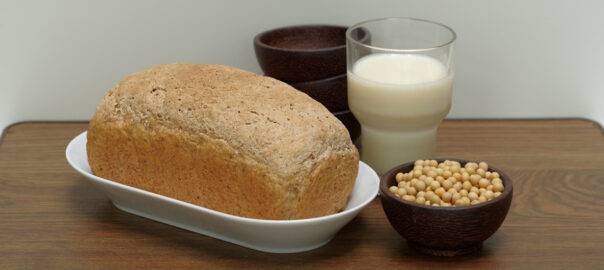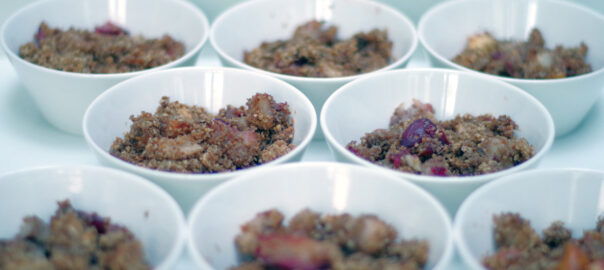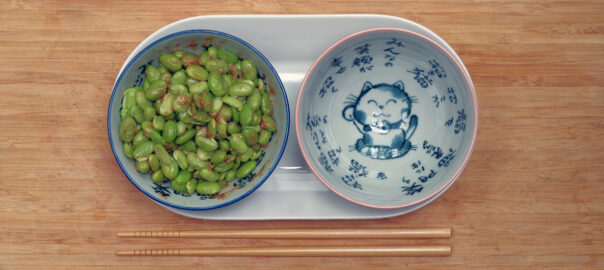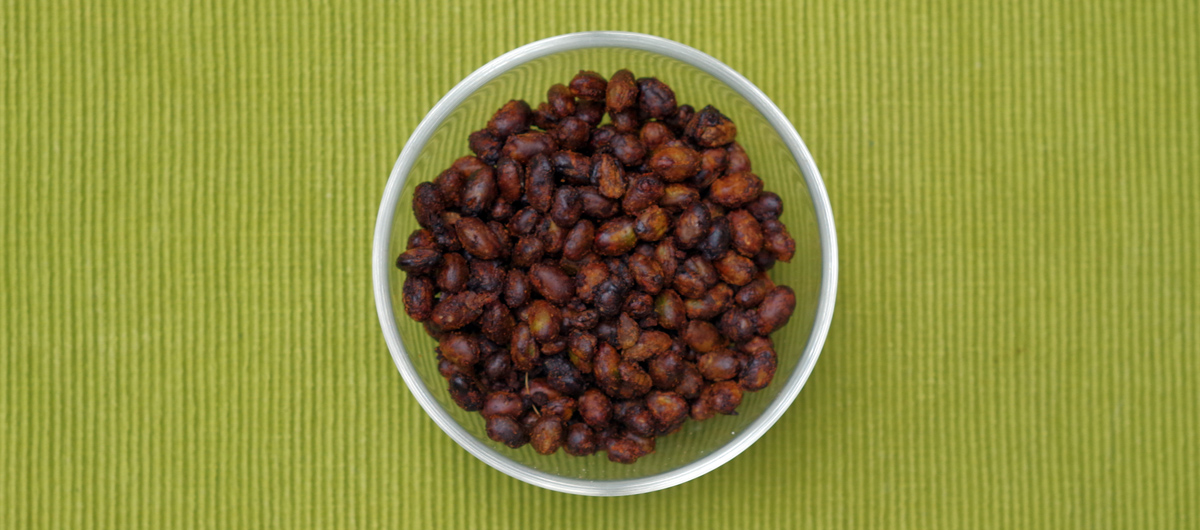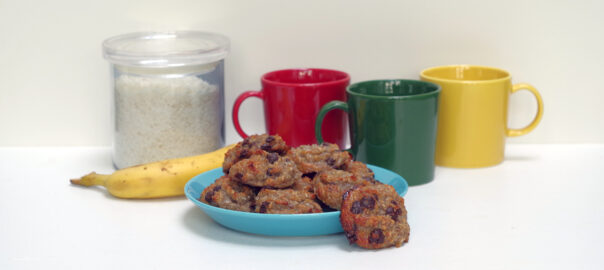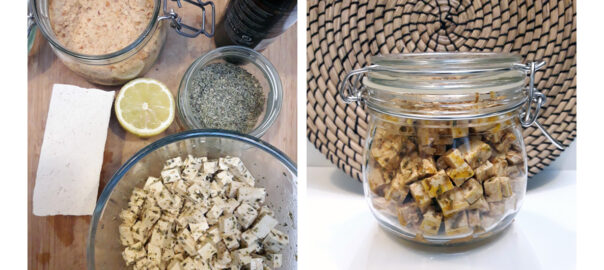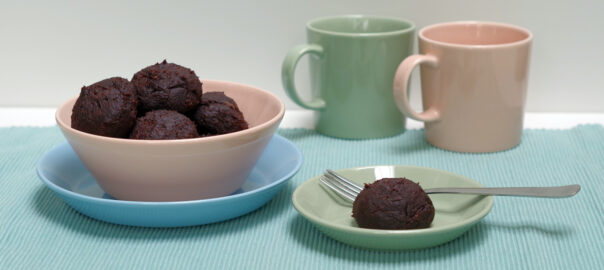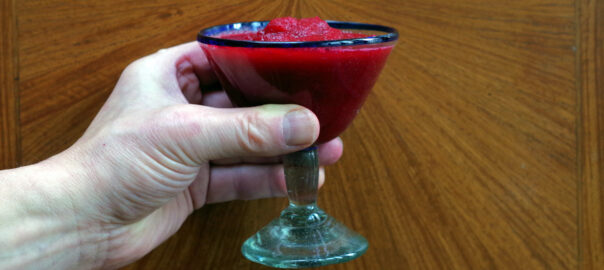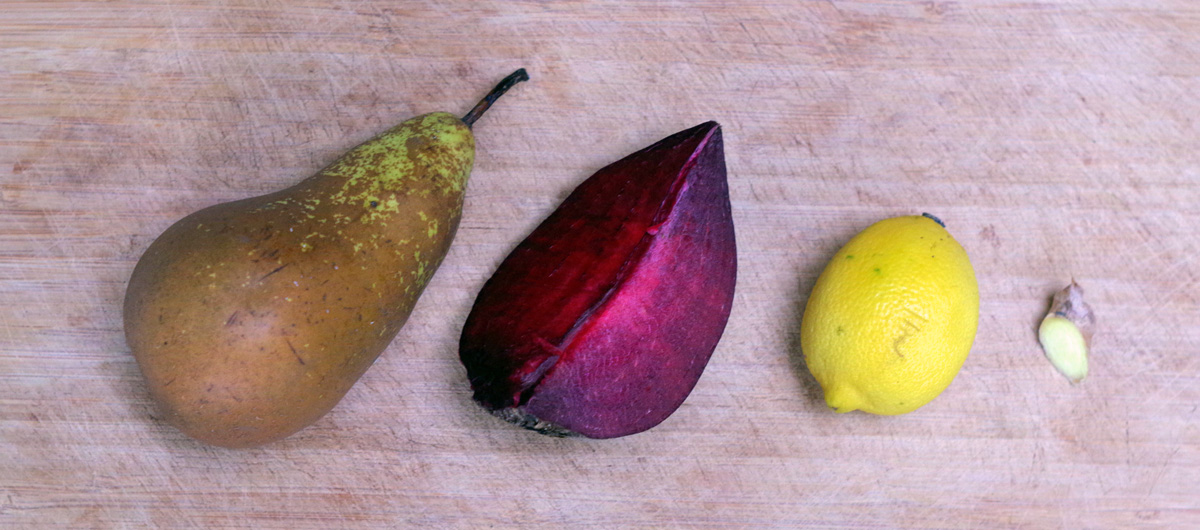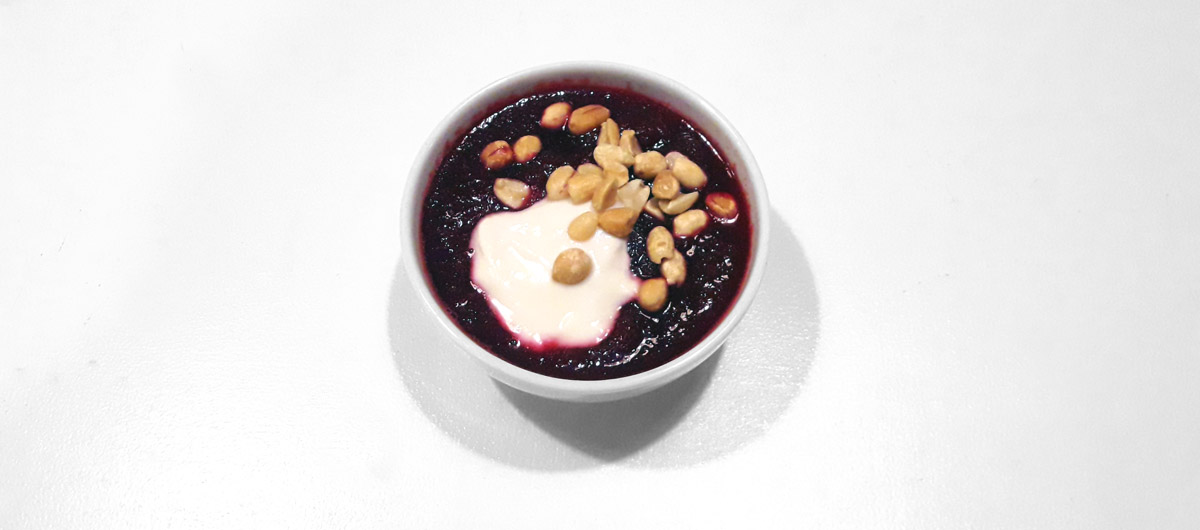Yoga Kitchen – Simple, healthy, and plant-based
Bread with extra plant power
Bread. It’s so ingrained in the food cultures of Europe, Africa, the Near East and India. According to some currents in the food world, it’s not such a healthy food after all. You would be better off soaking and then cooking cereal grains rather than eating them in a rather dry, baked form like bread.
However, bread has unbeatable advantages in terms of taste and practical considerations.
There’s nothing like the smell of freshly baked bread filling an entire room, is there! In our childhood, when we came home from the bakery, the irresistible outer slices would disappear into our mouths before the bread had even reached its final destination.
Besides, bread is easy and practical. Once the bread is baked, you always have something on hand that, with a few appropriate toppings, makes for a satisfying meal in no time.
Wrapless and circular
I’ve baked bread throughout my adult and independent life. Most often with yeast, more rarely with sourdough, and occasionally varieties without yeast or sourdough. There have been ups and downs. Depending on my determination to make healthy bread myself, for less money and with better ingredients.
In recent years, I’ve also started making my own soy milk, from soy beans. This initiative was partly motivated by my dissatisfaction with soy milk cartons. Because I wanted to drink soy milk without packaging. I got the hang of it, but I had to find uses for the large quantities of soy pulp resulting from the soy milk manufacturing process. I just couldn’t throw them away! This meant I had to set up a circular process: the waste or residue from one process becomes the raw material for another process.
One of the results is soy bread: an almost wholemeal bread that contains soy pulp as an additive. The bread recipe below, meanwhile, has been perfected and is worth sharing.
What’s more, I’ve learnt to appreciate the manual kneading of dough as a very soothing, almost meditative process, which has made me (re)discover the importance and pleasure of working with my hands. And all this in an increasingly digital world! I used to dread it and think it was a waste of time.
Finally, bringing extra protein to bread is a good thing if you’re making your way through life as a vegan.
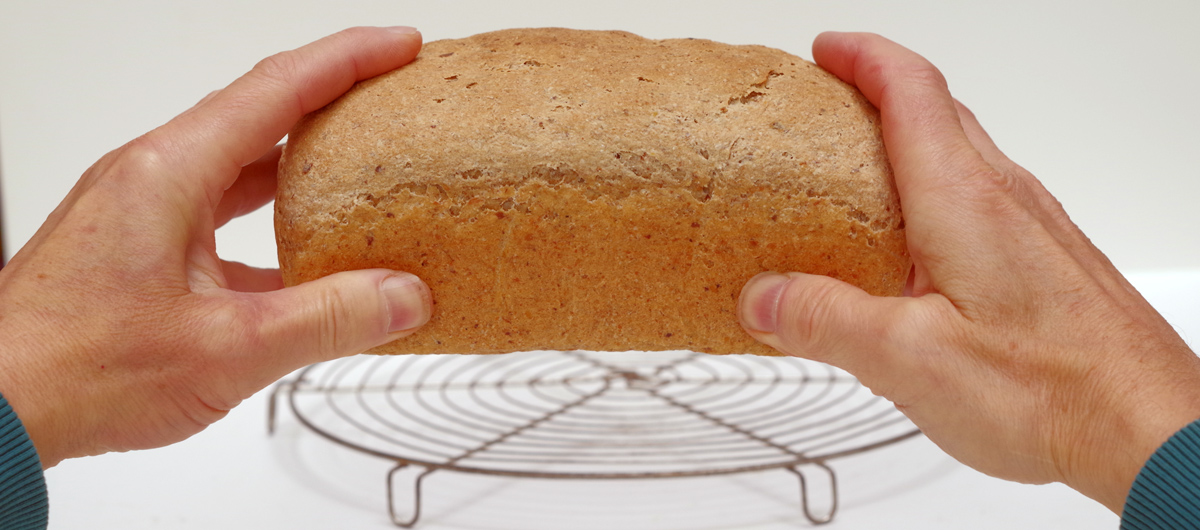
What ingredients are needed for a loaf weighing around 680g?
- up to 100 g soya pulp
- 350 g organic 75% wheat flour (T80)
- 50 g organic wholemeal rye flour
- one teaspoon sea salt
- one teaspoon whole cane sugar
- and one tablespoon ground flaxseed
- 200 to 210 ml water
- half a packet of fresh baker’s yeast (about 12g)
If you don’t have or don’t want to use rye flour, take a total of 400g of 75% wheat flour.
Instead of fresh baker’s yeast, you can also use dried baker’s yeast. In that case, take the quantity for 500g of flour.
Here’s how to make this delicious bread yourself
- Mix the yeast in the (lukewarm) water and leave to stand for a while.
- In a large mixing bowl, bring together all the dry ingredients and the soy pulp, and mix, with a fork or whisk.
- Pour the water with the yeast into the dry mixture.
- Mix the resulting dough with a fork and then knead by hand for about five minutes.
- Roll the dough into a ball, place it at the bottom of the bowl and leave it to rest and rise for an hour to an hour and a half, covered with a kitchen towel.
- Then remove the leavened ball of dough from the bowl, and now knead more intensely for about 10 minutes.
- Shape the dough into the shape of your choice, or place it on the bottom of a baking tin lined with greaseproof paper.
- Let rise again for an hour and a half to two hours, covered with a kitchen towel.
- Preheat the oven to 210°C (200°C in a hot air oven).
- Insert the bread into the oven and bake for approximately 30 minutes.
- After baking, remove the bread from the tin and leave to cool on a wire rack.
This will give you a firm, semi-complete loaf that is both tasty on its own and delicious toasted.
Kneading techniques have been the subject of a wealth of literature. I’m not an expert on the subject. During the second kneading phase, I press the dough flat each time with forward arm movements. I then fold it into a square and press it flat again, for a total of about 10 minutes.
The dough should not stick to your fingers. If it does, it’s too wet and it’s better to add more flour. Sprinkle it over your kneading surface and the ball of dough.
Is bread good for your health?
Rather than rejecting bread by definition, it’s worth looking at the circumstances:
- Who eats the bread?
- What type of bread are we exactly talking about?
For physically active people or children and young people in an active growth phase, healthy bread can be consumed without reservation. Classic wholemeal or semi-whole wheat bread contains mainly carbohydrates. These provide fuel for our bodies. It also contains a good proportion of plant proteins, including gluten. It also contains a good deal of fibre and minerals.
Wholemeal (or semi-complete) bread is therefore suitable for people who consume a lot of energy. People who take little exercise, or those who are older and have a metabolism that consumes less energy, would do well to eat bread in moderation to avoid obesity in the long term.
Besides, bread and bread are two things. In principle, you only need four ingredients to make bread: wholemeal (or semi-wholemeal) flour from one or more cereals, water, a leavening agent such as yeast and a little good quality salt. That’s all there is to it. Most industrially-produced breads in supermarkets contain up to 20 different ingredients, including sugar. You can often see this on the labels. These ingredients don’t make the bread healthier, but they do make it sweeter and keep it longer on the shelves. What a classic fresh warm bakery uses in its bread is, frankly, often hard to guess. So buy your bread from a health food store or make it yourself, as in the recipe above. Use only good quality essential ingredients, preferably of organic origin.
Almost wholemeal soya bread, per 680g loaf
| Energy | Carboh. | Sugars | Fat | Sat. Fat | Protein | Fibre | Salt |
|---|---|---|---|---|---|---|---|
| 1671 kJ/2191 kcal | 314 g | 1,3 g | 22,5 g | 3,1 g | 74,3 g | 51,80 g | 5,00 g |
Almost wholemeal soya bread, per 100g of product
| Energy | Carboh. | Sugars | Fat | Sat. Fat | Protein | Fibre | Salt |
|---|---|---|---|---|---|---|---|
| 246 kJ/322 kcal | 46 g | 0,2 g | 3,3 g | 0,45 g | 11,0 g | 7,6 g | 0,7 g |
Participate in our cooking classes:
Read more about plant-based nutrition and health:
Read more about plant-based food
Find out about yoga and yoga classes in Schaerbeek:
Check out our yoga classes here:

